
(Mr. Harris in a fancy HOT PINK Marie Antoinette wig.)
What makes a revolution effective? How can we determine the effectiveness of a revolution? What is the anatomy of a revolution? Why do revolutions happen? Do all revolutions follow the same patterns?
…If a revolution harms the people it’s liberating, then how can it be successful?
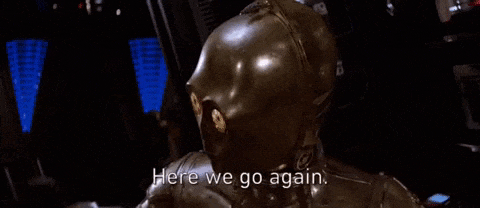
Hello there everyone! Welcome to another blog post!
I’m in denial, it can’t be December already? Last I checked, I was in Grade 8. I can’t believe how fast time is passing!

Anyways, before I escape to winter break and spend my days drinking hot chocolate by the fireplace, I’ll blog about another cool learning experience. Today I’m going to reflect on our latest Humanities venture: Revolutions on Trial!

This project was very unique and exciting in many ways. Most of all, it challenged me to get out of my comfort zone, and try something new.
As seen in the title, this project required us to put different historical revolutions on trial. We were each assigned one of the following revolutions: American, French, Haitian, or Xinhai.
We preformed our trials during the Winter Exhibition before a jury consisting of our audience members. I was a lawyer for the prosecution, and tried to deem our revolution ineffective.
The main objective of this project is to learn how to make a proper argument, and justify it with evidence. Although I already knew how to propose a written argument, actually presenting it in front of a live audience was completely different.

At the beginning, I knew close to nothing about the legal system. However, now I’m tempted to scream objection at every turn.
This project was hard and taught me many things. I’m super excited to share my process with you!


We started this project with a very memorable entry event. We were separated into different classes, and were tasked to make “nation x” into a fair/just society. In this simulation, I was put into group c, where I attempted to manage arrests and taxes.

At first, the rules were very unfair, and gave more abusive power to groups c and d. However, group d, whom consisted of the King and the aristocracy, had the most control.
By the end, we came close to establishing a functional society, and created a fair/equal council that consisted of members from all the groups.

You can read more about my experiences in Nation X here…
To extend our knowledge of revolutions and their anatomy, we began reading George Orwell’s 1945 political satire; Animal Farm. Personally, I really enjoyed this book, and it helped me understand the topic.

After each chapter, we had small discussions where we summarized the story and asked important questions to help us develop our understanding of the plot. This challenged me to get involved in group discussion, and share my opinions on the matter. Looking back, I believe that this was my favourite part of the project. I loved digging through the story for interesting details and questions.

This part of the project connects to the Curricular Competency; Connecting. I was able to speak and listen within these discussions, and share my ideas within a group setting. I also set a personal goal to collect questions and find connections while reading.
There was a reason to why we read this novel in particular (besides the fact that its a great book.) This story served as an allegory to the Russian Revolution, which helped us develop our understanding of Crane Brinton’s stages of revolution.

According to Brinton, there are 4 stages of revolution; Incubation, Moderate, Crisis, and Recovery. To help us understand these stages, we made a creative diagram that represents the processes and anatomies of revolutions.
I’m not too fond of the colour choices I made (my inner graphic designer is screaming at me). However, I believe my diagram successfully describes and represents my understanding of these processes.
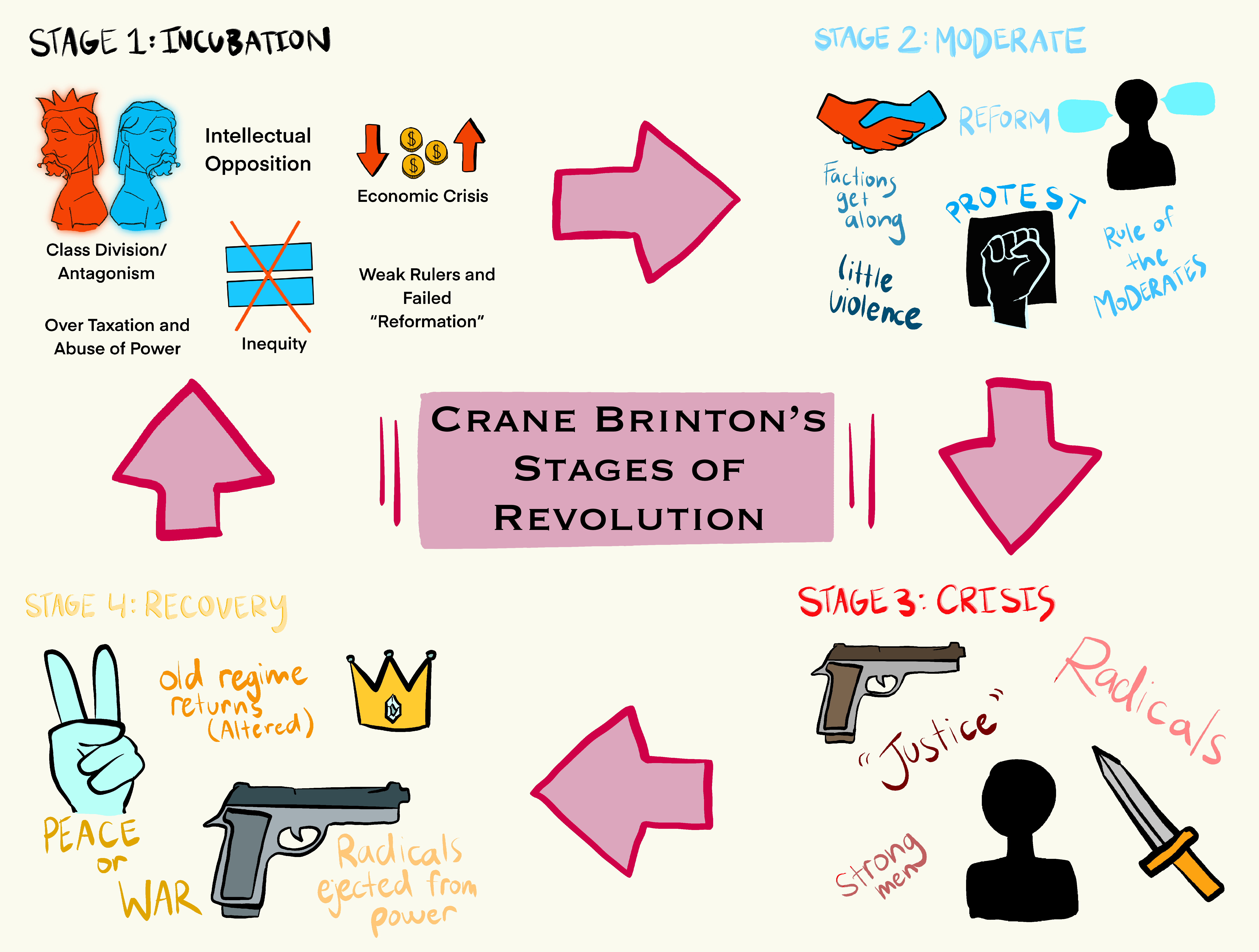
Using both the book and Crane Brinton’s theory, we completed an “in class” writing connections. For this assignment, we had one hour to write a multi-paragraph response connecting the two.

I will admit, I was really stressed out over this portion of the project. Although I like writing, I don’t like having short time limits. Luckily, we had time to prepare beforehand, so it wasn’t as scary as I thought it would be.

In the end, I was happy that I was able to finish it in the allotted amount of time.
At least it’s not the worst thing I’ve ever written. Nothing can be as bad as that one story I wrote in 4th grade… and no, I will not be sharing that experience.
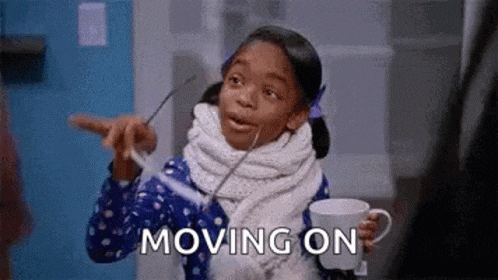
Anyways, you can read my Animal Farm connections here:
Afterwards, we experienced a less important event… but I feel like I need to address it.

We watched the 1999 Animal Farm movie, and it was one of the strangest things I’ve ever watched. The execution of the plot wasn’t bad, and I liked the creativity of the ending. I’m always hopeful when it comes to movie adaptations, and I love seeing things in different mediums.
However, I’ve concluded that it was just bewildering seeing the animals portrayed like that… Sometimes, certain stories are just difficult to translate into different mediums. As a result, it just didn’t feel the same.
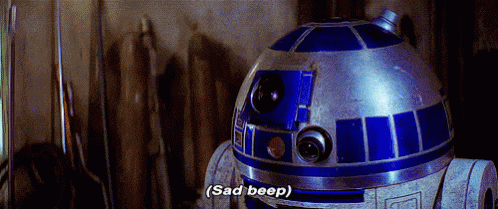
On that note, I also hear that there’s possibly another adaptation in production. I’m intrigued to see how they’ll execute it this time, especially with access to modern technology. I’m definitely hoping for the best, and I guess only time will tell…
Excuse my rambling, my dream job is to become a director/screenwriter. I am very passionate about storytelling.
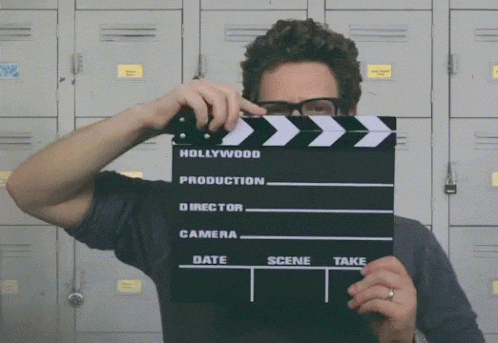
Anyways… moving on. Afterwards, we were introduced to the revolutions we would prosecute/defend; the French, American, Haitian, and Xinhai Revolutions.
Lucky me got stuck with the one revolution I’ve heard literally nothing about.

At first, I was very alarmed and panicked, because I went into this knowing absolutely nothing. However, it was reassuring to know that no one else knew much either.
Little did I know, the Xinhai revolution became the most interesting revolution I’ve ever seen.
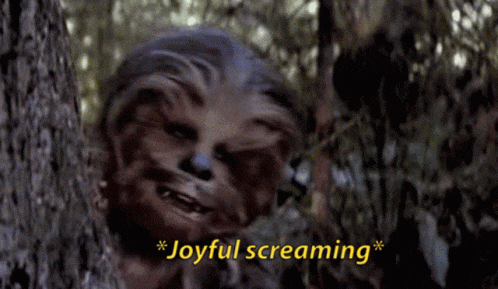
We were separated into groups based on our revolution. These groups would eventually become our prosecution/defence groups.
I was placed with Alicia, Declan, Noah, Patrick, and Sabrina. Be sure to check out their awesome blogs as well!
This is the flag we made for our team:

In order to memorize and understand our research, we created graphic organizers. I’m happier with the colour choice this time around. I believe this assignment helped me truly understand the Xinhai revolution. To my surprise, I discovered that this revolution had an interesting history, and helped shape modern political events/circumstances in China.
Anyways, here’s my graphic organizer:

If you’d like to learn more, I highly encourage you to watch this video which explains the basic events of this revolution (it really helped me in particular):
This part of the project connects with the Curricular Competency; Continuity and Change. In researching the Xinhai Revolution, I was able to get a complex sense of Chinese history (Civil War, Communist Revolution) and compare these events with different revolutions through the use of Brinton’s diagram.
Anyways, once we completed the graphic organizer and accomplished an understanding of our revolutions, we were ready to get started on our trials.
As I mentioned earlier, my group was assigned as the prosecution, and we attempted to argue the INEFFECTIVENESS of the Xinhai revolution. In order to do that, we had to examine the criteria of an effective revolution, which we had created earlier as a class.
Here’s the criteria:

However, we soon learned that the following steps would be a lot harder than we originally planned.
We started with an affidavit, which is a collection of the evidence we will use during the trial. It was surprisingly hard to find primary sources on the Xinhai Revolution (especially ones that actually supported our side.) Luckily, Mr. Harris helped us out, and we found a witness that was affected negatively by the revolution.
Here’s our affidavit:
Afterwards, we began with the base of our script. We focused on interviewing our witness, and creating cross examination questions for the other team. During this process, I attempted to analyze their quotes, and wrote lengthy questions. I could’ve improved in this area by making my examinations more concise, and understandable to the audience. I was very repetitive lol.
When we completed a rough version of our script, we were able to practice our lines with the other team (Ariane, Ben, David, Gwen, Max L, and Max R.) I found it difficult collaborating with such a large group, especially since it was hard to speak up amongst all the people.
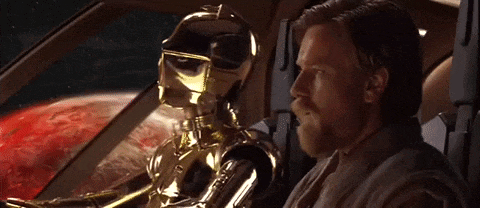
With our script, we did a fish bowl run through. As someone who really dislikes public speaking, it was hard getting over the initial stage fright. During this process, I found it very frustrating to properly share our argument with the audience.
This project taught me many things about public speaking. Sometimes it didn’t matter what you said, but rather, how you said it. I realized that I needed to emphasize the important parts to grab attention. I tried saying things louder, took advantage of the stage, and attempted to have a stronger posture.
It was acting… exhausting and scary (but admittably fun).

At this point, I felt like a lawyer… a very tired lawyer. I’ve learned to appreciate real lawyers for the work they have to do for each case. It’s simply exhausting! I can’t imagine this as my own profession… I’ll just retreat back to the fantasy world of movies, and become another starving artist lol.

Well, at least if I’m ever involved in a real trial, I now understand legal processes. With the experiences of this project, I can successfully collect evidence, and use it to support my own arguments!
Anyways, you can check out our completed script here:
Time seemed to fly by. With a blink of an eye, it was the day of the trial. In summary, it was a very long and chaotic day. The highlight of my day was wearing a “lawyer costume” (despite the heels, I nearly broke my ankles lol.) I love dressing up differently!

Before we preformed our trial, I got to help out with the ticket booth with my teammate Alicia.
That’s me on the right in the grey Banana Republic suit jacket which looks SUPER “LAWYERY”. I’ll probably never wear it again… until I have to get a serious job interview.
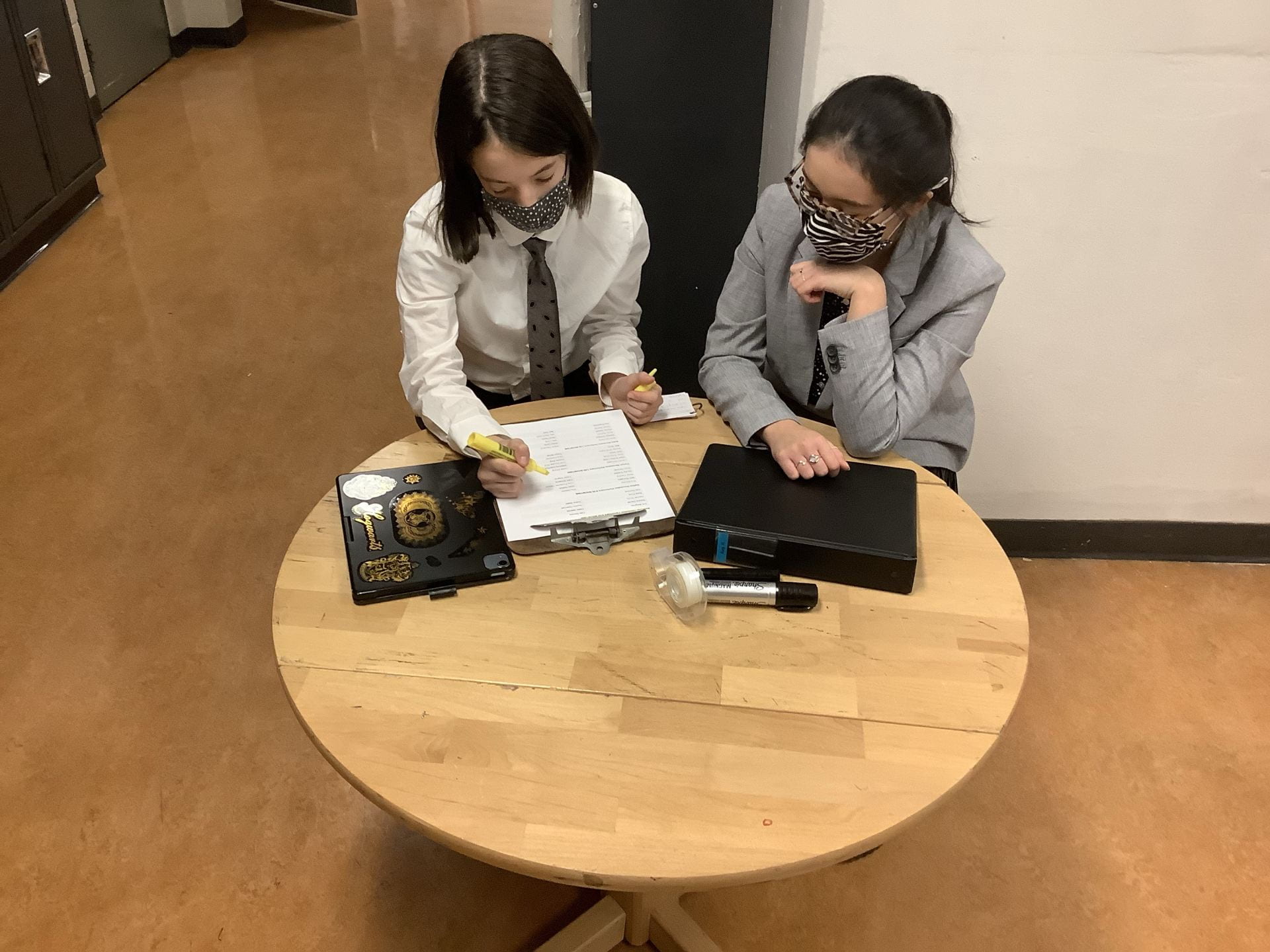

When I finally got on that stage at the end of the day, my hands started shaking like crazy. My voice was wobbly, and I nearly stuttered the whole thing. However, I tried my best! I didn’t even run off the stage!
Overall, I was super happy that I was able to do it. I was also relieved that I didn’t have to do this project ever again… hopefully…
Here’s a recording of our trial! Be sure to watch it!
In the end, we didn’t win the trial. To be honest I was a little disappointed that we didn’t win. However, I was glad to know that we worked hard, and made it through to the end!
(Maybe I have to watch a few more law and order episodes and brush up on my Perry Mason impression for future trials… Or maybe I should just invest in a hot pink Marie Antoinette wig instead.)
Indeed this project was difficult… but no matter what happened, we were able to do it together!




“How might we as legal teams determine the effectiveness and ineffectiveness of a revolution?”
As a legal team, we can develop a convincing argument with primary sources and evidence. In order to accomplish this, we needed to be willing to collaborate with teammates, and have friendly communication between legal teams. To determine the execution of a revolution, both legal teams must share their arguments to the jury, who will use a fair democratic system to vote based on the evidence.
In the end, we were able to determine the effectiveness of a revolution (as a legal team) through using this process.
In completing this project, we learned to understand the basic legal processes necessary in the real world. With this information, we were able to execute a proper and fair trial.
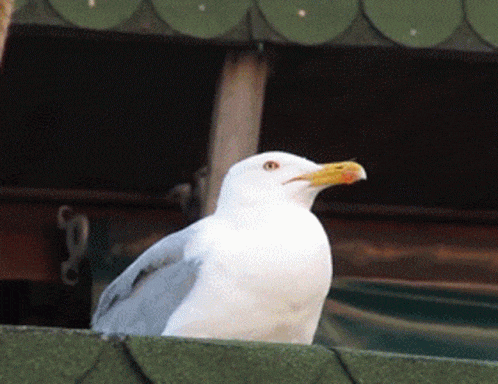

I still can’t believe this project is over!
Anyways, I am dedicating this blog post to the existence of minty hot chocolate, Star Wars, and country music. I don’t know what I’d do if they didn’t exist.
Time to binge watch Netflix!




December 28, 2023 at 12:14 AM
I’m working on my blog post on this project, and, when I was searching for a picture of Crane Brinton’s Diagram, this came up. I was in the Haiti group, and instead of doing a trial, we made Rube Goldberg machines that we presented at the winter exhibition. This post is really well written, and I love all of the media! Mr. Harris and Ms. McWilliam used your infographic as an example for ours. I’ll leave a link to my blog in case you want to read it.
https://www.blog44.ca/quinc/